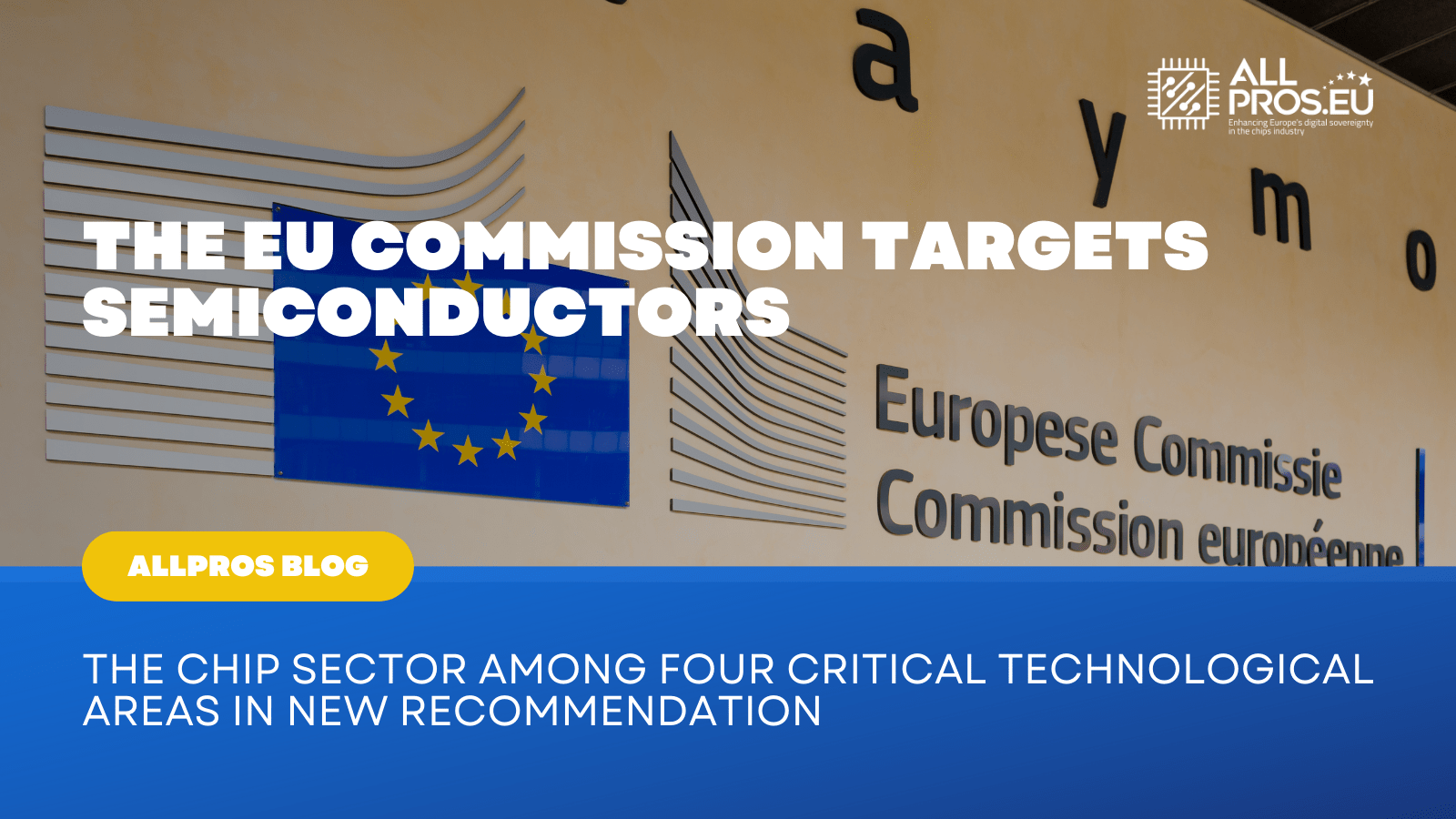
The EU Commission Targets Semiconductors: the Chip sector among four critical technological areas in New Recommendation
On October 3, 2023, in Strasbourg, the European Commission published a recommendation on critical technology areas for the EU's economic security for further risk assessment with Member States.
The words of Vice-President Věra Jourová clearly explain the reason behind this choice and the importance of acting now
Today, we are launching collective risk assessments, together with our Member States, in four technology areas critical for our economic security. Technology is currently at the heart of geopolitical competition and the EU wants to be a player, and not a playground. And to be a player, we need a united EU position, based on a common assessment of the risks. With this approach we will remain an open and predictable global partner, but one who nurtures its technological edge and addresses its dependencies. Our single market will only get stronger as a result in all its parts.
Assessing critical technologies within crucial sectors for economic security
The recommendation stems from June’s Joint Communication on European Economic Security Strategy which aims to mitigate risks related to economic flows while maintaining economic openness and dynamism amid geopolitical tensions and rapid technological changes. The strategy proposed to carry out a risk assessment also in the area of technology security and technology leakage.
October 3rd’s recommendation, therefore, identifies four critical technological areas one of which is the advanced semiconductors one. The other targeted categories are Artificial Intelligence technologies, Quantum technologies, and Biotechnologies. This strategy aims to bolster the European Union's economic security and resilience.
The identified critical technology areas were carefully selected based on their transformative nature, the risk of civil and military fusion and their potentiality to be used in violation of human rights. Semiconductors, microelectronics, and photonics play vital roles in electronic devices across critical sectors, including communications, computing, energy, healthcare, transportation, defence, and space applications. Given their significant transformative potential and dual utility for both civilian and military applications, maintaining leadership in the advancement and continued development of these technologies is imperative for ensuring economic security.
Working of risk assessments
The Recommendation calls for a collective risk assessment involving Member States and the Commission, emphasising the need for an objective evaluation process. It also outlines guiding principles to structure these risk assessments, including consultation with the private sector and ensuring confidentiality.
As the process unfolds, the outcomes of these risk assessments will serve as the basis for informed discussions regarding necessary measures to protect and promote these critical technology areas. The EU, through proactive engagement and strategic assessments, aims to fortify its technological prowess and secure its position in the global technology landscape.